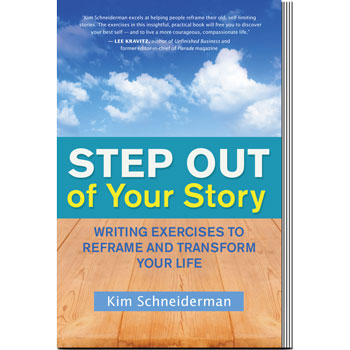Imagine you grew up in a castle. Maybe you felt relatively safe until, one day, the King and Queen left the drawbridge down and a hungry hooligan snuck into your room and stole your favorite lollipop. Or maybe you were constantly being over-run by starving hooligans, and nobody noticed or cared that you were scared and alone. Or perhaps the King and Queen were constantly perceiving threats, and their fear made you feel unsafe.
Sensing a threat to your survival, you created an imaginary gatekeeper to stand guard and signal to you when it spotted a hooligan advancing. But because this caring gatekeeper saw how devastated you were by the candy theft, it began to alert you every time any strangers approached, including the milkmaid, the jester, and the messengers. Even when you grew up and left the castle, the gatekeeper continued to do its job to protect you from harm.
Now imagine that this gatekeeper is your anxiety. You may not like it. In fact, you may consider it your enemy, but the problem isn’t its ability to detect danger. The problem is that it’s just not able to consistently distinguish a real threat from an imagined one.
The truth is that we all need internal warning systems. The flight-fight-freeze response hard-wired into our reptilian brain is designed for survival. It tells us to run if we’re being chased by a tiger or not to venture into a cave in grizzly bear territory.
If 2020 has made one positive contribution to the field of mental health, it’s the normalization of anxiety. Many people feel it, even us therapists. Germaphobes feel vindicated, and politically paranoid types, prophetic. Distinguishing realistic fears from fantastical ones can be challenging in a time of plagues, pestilence, wildfires, and threats to democracy. We look in the sky and wonder, “Is that a cloud or a flying pig?”
Befriending Your Danger-Detector
Demonizing your anxiety only creates shame, which weighs you down even more. Reasoning with it, challenging its worst-case scenarios, might calm it somewhat. But chances are, if your gatekeeper has witnessed serious violations of your safety and trust in the past, it will only get louder, as it desperately tries to get your attention. This will leave you frustrated, defeated, and possibly paralyzed.
The key to managing anxiety is to get curious about it and develop a new, friendlier relationship with it.
Such is the approach of Internal Family Systems (IFS), a model of psychotherapy that holds that each person is a complex mosaic of interconnected parts that conspire to help us survive. Developed by Richard Schwartz, Ph.D., IFS views consciousness as composed of a central self with three types of subpersonalities or parts: managers, exiles, and firefighters.
It assumes that everyone is born with a core Self that is inherently calm, compassionate, confident, curious, creative, courageous, clear, and connected. In a balanced person’s system, the Self is the conductor of an orchestra of parts that help us survive and thrive—helping parts, striving parts, discerning parts, organizing parts, and, yes, danger-detecting parts. When we are Self-led, we respond to life with the aforementioned qualities, mindfully leveraging the appropriate parts to collaboratively play the called-for notes in various situations.
According to the IFS definition, the Self is always present. But often it gets overtaken by sub-personalities that take on extreme roles—for example, an overactive danger detector—to protect our most vulnerable, wounded parts, which become exiled in our bodies. These exiled parts develop in childhoodwhen the Self, in its natural state, experiences violations or interruptions to their emotional or physical safety, leaving the child to draw false conclusions about themselves; for example, “I am unworthy, insignificant, alone, weak, unloved, unwanted or unsafe.” When triggered, protective parts step in to protect the exile, either by trying to control or, by distracting us because they fear the person can’t handle the pain these entrenched beliefs create.
Reframing Anxiety as an Inner Over-Protective Parent
These well-intentioned protectors continue to do their jobs, even when the child grows up. Generally, they don’t like surprises, so they try to keep you vigilant to potential violations at all times.
What they don’t know is that there’s an adult in the house now that can attune to their emotional and physical needs in ways they couldn’t when they were young and dependent on adults for safety. For this reason, our anxiousantennae tend to under-estimate our capacity to handle the curveballs life throws at us.

Leave a Reply